Acryl Fire Resistant
Acrylic sealant for applications subject to fire regulations up to EI 240.
Variations
Application areas
Discover more
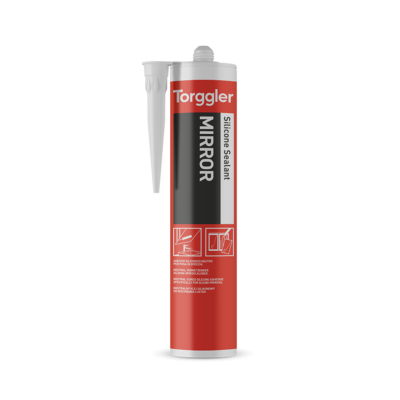
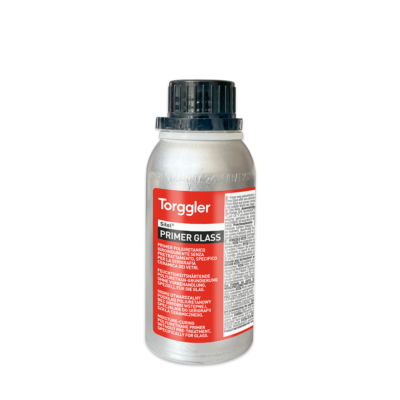
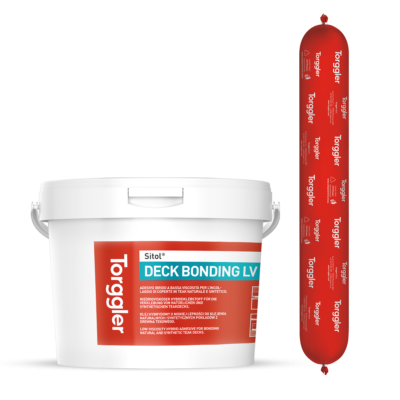
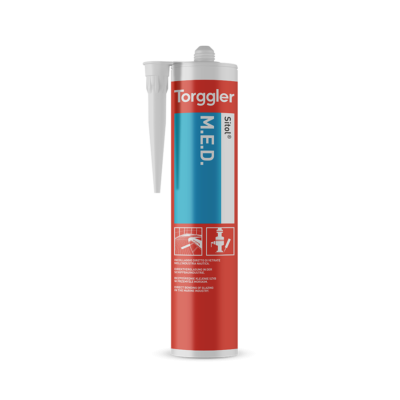
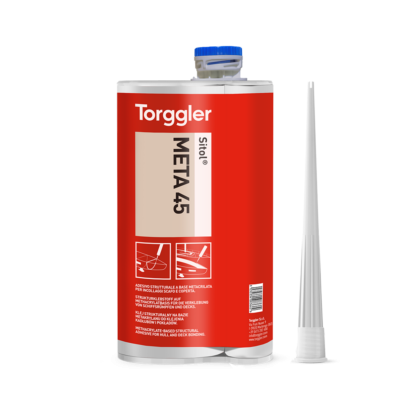
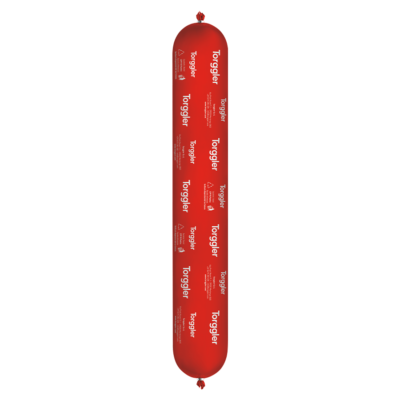
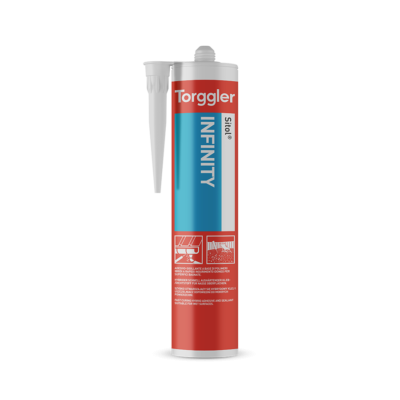
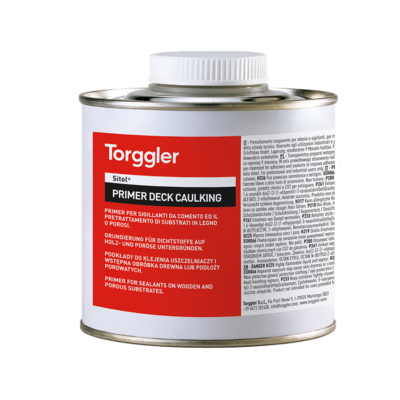
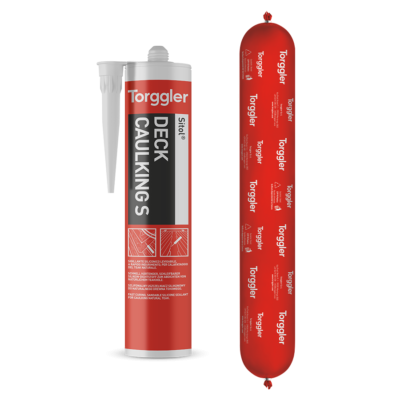
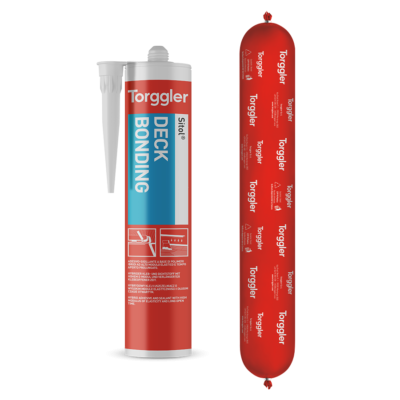
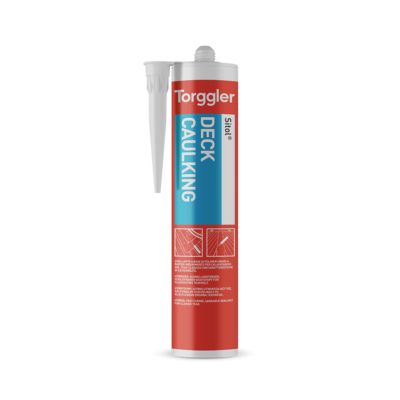
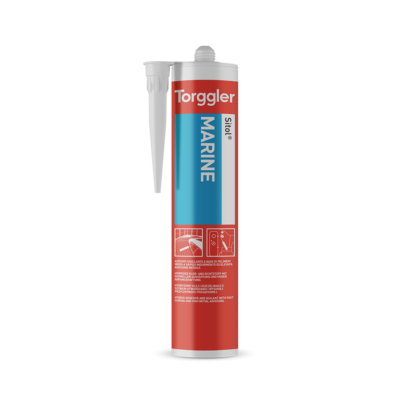
Acryl Fire Resistant is a single-component acrylic sealant consisting of acrylic polymers dispersed in a water base together with selected minerals. This formula gives the hardened product a high resistance to fire. When the product is applied, the water base evaporates leaving a flexible, plastic mass with excellent resistance to ageing. Acryl Fire Resistant adheres to damp surfaces, does not drip and is easy to smooth. It can be applied indoors or outdoors but only in places where there is no continuous contact with water. Acryl Fire Resistant can be coated with water-based paints or coatings. The product is certified as EC 1 Plus by GEV in terms of very low emissions of volatile organic substances.
Joint size: Certified joints must follow the geometry given in the official product classification reports.
Cleaning
Tools used with Acryl Fire Resistant are easy to clean with water while the product is still soft. Hardened product can only be removed mechanically or by using an organic solvent (e.g. toluene, acetone).
Protect against frost. In the original unopened packaging and stored at temperatures between +5 °C and +35 °C, Acryl Fire Resistant is stable for at least 24 months. Not completely emptied bags can be stored for about 3 months, if closed properly.
The material cures through water evaporation: the sealant loses its initial tackiness within 20 to 120 minutes, depending on environmental conditions. Low temperatures and high relative humidity will slow down hardening. High temperatures and low relative humidity will accelerate hardening. Do not apply Acryl Fire Resistant when it is about to rain: the applied sealant, not yet cured, can be washed away. Sealant that has not fully cured will be damaged by frost.
| Color | Code | Packaging | Packaging size | Pallet | Barcode |
|---|---|---|---|---|---|
| White | 5515 | foil bag | 20x600 ml |
36 cardboards
|
|
| Grey | 5516 | foil bag | 20x600 ml |
36 cardboards
|
Sealing linear joints in applications subject to fire regulations on mineral substrates with density and thickness equal to or greater than those tested.
| Parameter and test method | Value |
| Density (UNI 8490/2) | 1,70 g/ml |
| Application temperature | +5 °C to +30 °C |
| Skin-over time (MIT 45*) | approx. 30 minutes |
| Complete hardening (at +23 °C and 50 % R.H.) | approx. 10 days (for a 10×10 mm joint) |
| Tendency to flow (EN ISO 7390) | < 3 mm (non-drip) |
| Operating temperature | -25 °C to +85 °C |
| Shore A hardness (EN ISO 868) Shore A/max | approx. 50 |
| Shore A hardness (EN ISO 868) Shore A/15 | approx. 10 |
| Extension to break (DIN 53504 – Punch S3) | approx. 700% |
| Tensile strength at break (DIN 53504 – Punch S3) | 0,20 MPa |
| Modulus of elasticity at 100% (DIN 53504 – Punch S3) | 0,27 MPa |
| Percentage elongation at break (EN ISO 8339) concrete substrate | approx. 200% |
| Modulus of elasticity at 100% elongation (EN ISO 8339) concrete substrate | 0,1 MPa |
| Tensile strength by traction (EN ISO 8339) concrete substrate | 0,1 MPa |
| Maximum operating elongation | 10% |
| Volume variation (EN ISO 10563) | approx. 23% |
| Paintability | When hardened, the product can be painted with water-based paints. |
| Fire resistance class (EN 13501-2) | E (integrity): 240 for all the geometries tested. EI (integrity and insulation): 240: for all symmetrical geometries from 60 to 240: for all asymmetrical geometries (see Test Report CSI1472FR) |
| Fire reaction class (EN 13501-1) | B-s1, d0 |
* Torggler Internal Methods (MIT) are available on request.
| CONSUMPTION GUIDE TABLE |
||
| JOINT THICKNESS X DEPTH (MM) | CONSUMPTION PER METER | METERS COVERED WITH ONE BAG 550 ML |
| 10×10 | 100 ml | 6 |
| 20×10 | 200 ml | 3 |
| 30×20 | 600 ml | 1 |
| 40×20 | 800 ml | 0,75 |
Contact our team for personalized support and product guidance.